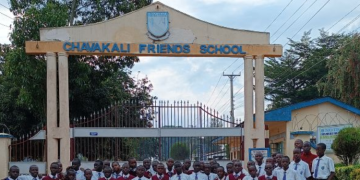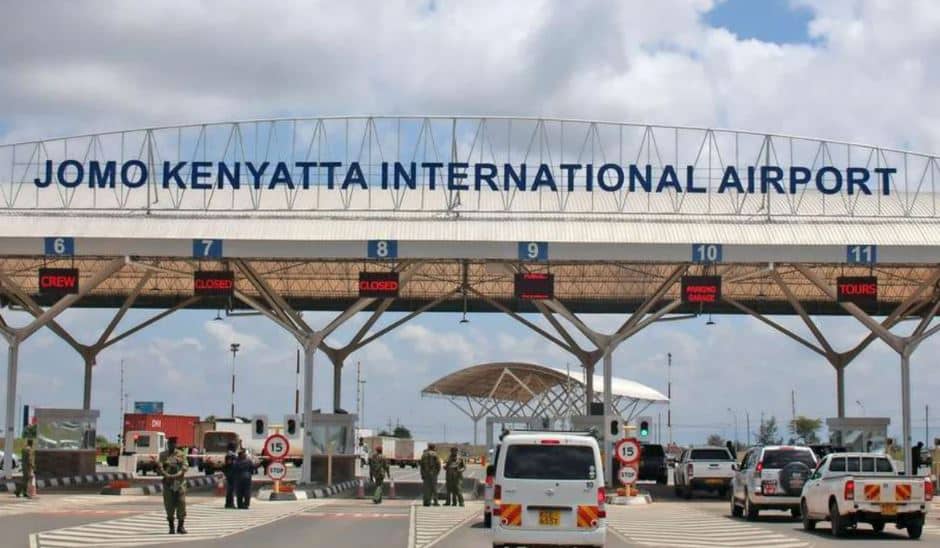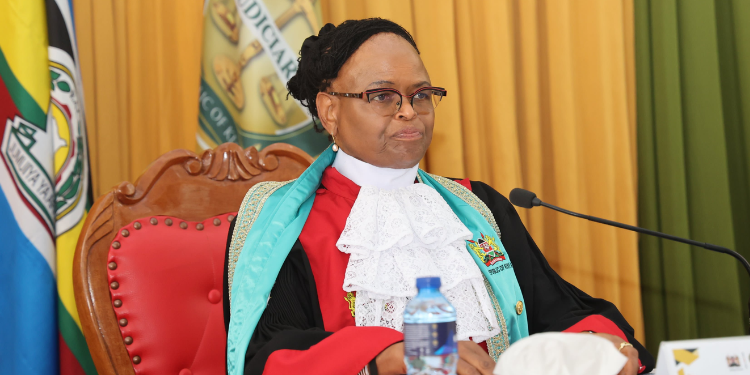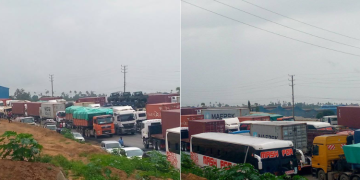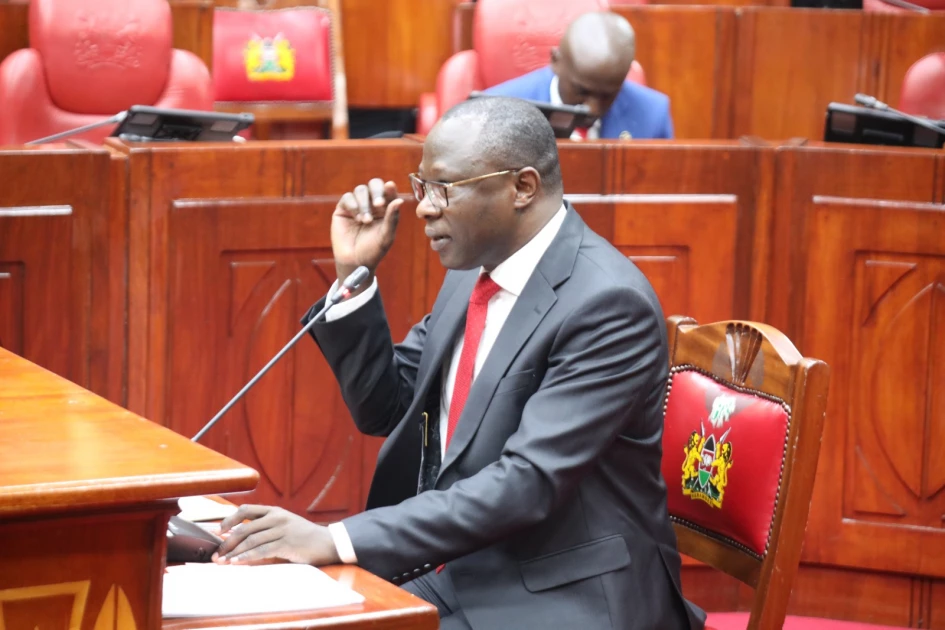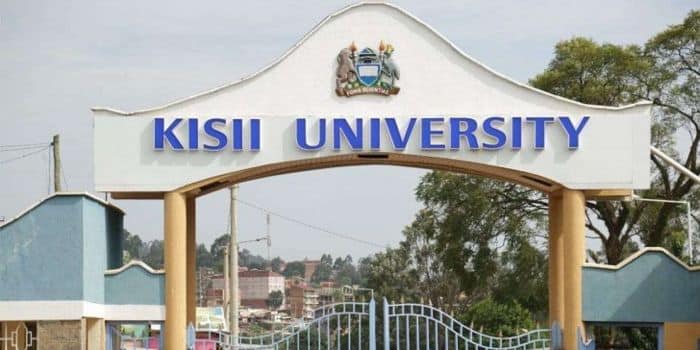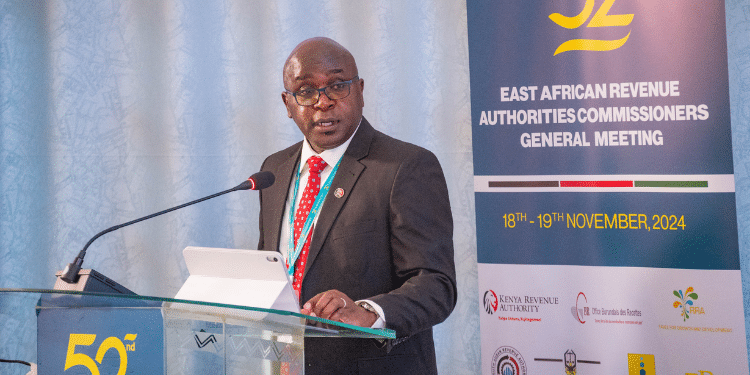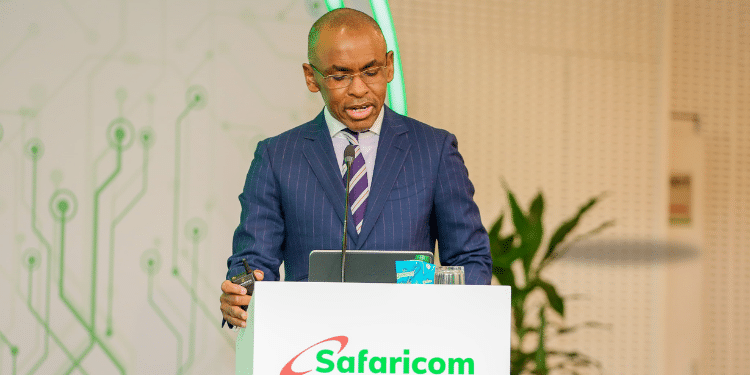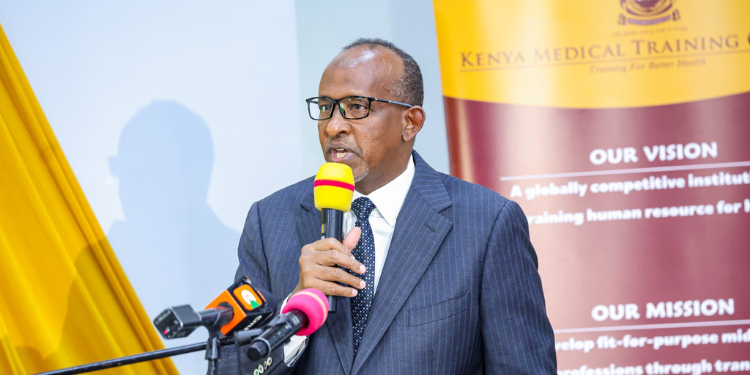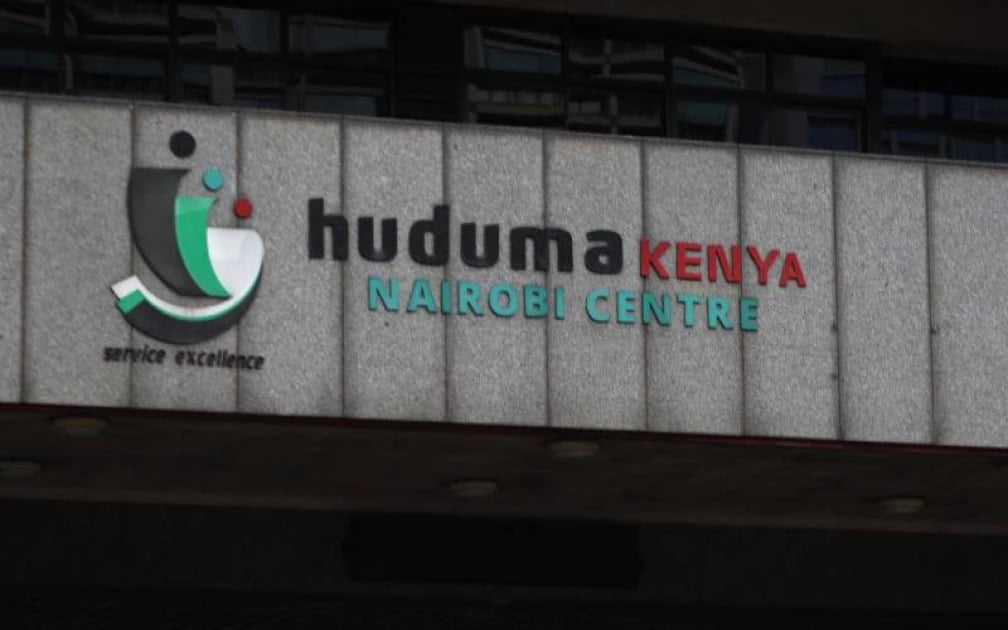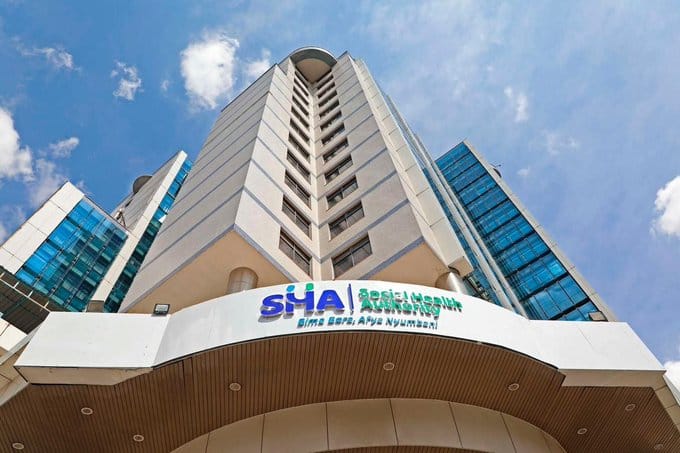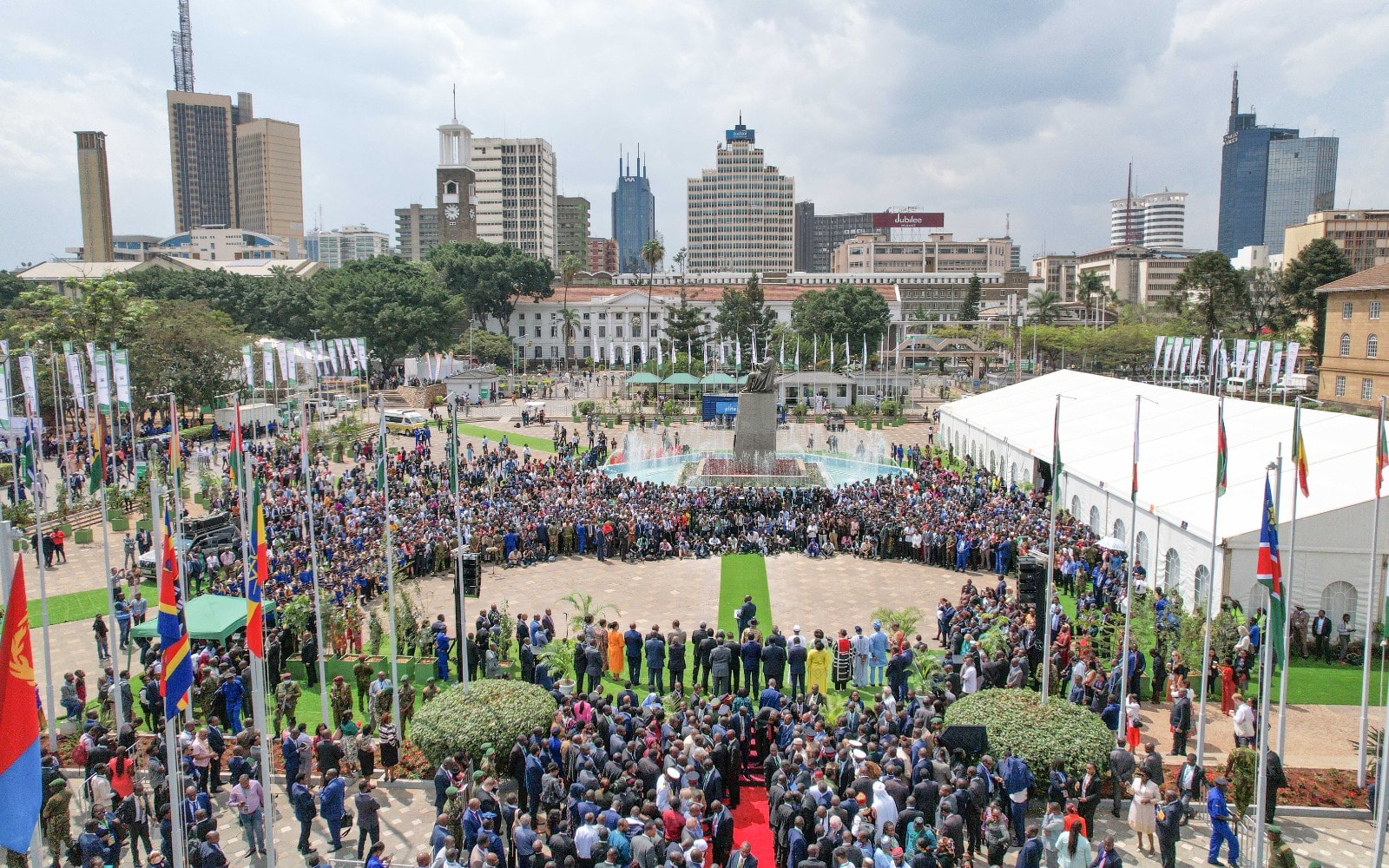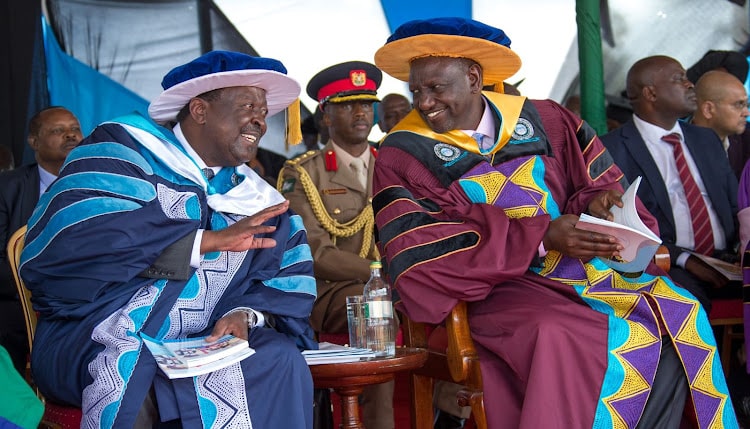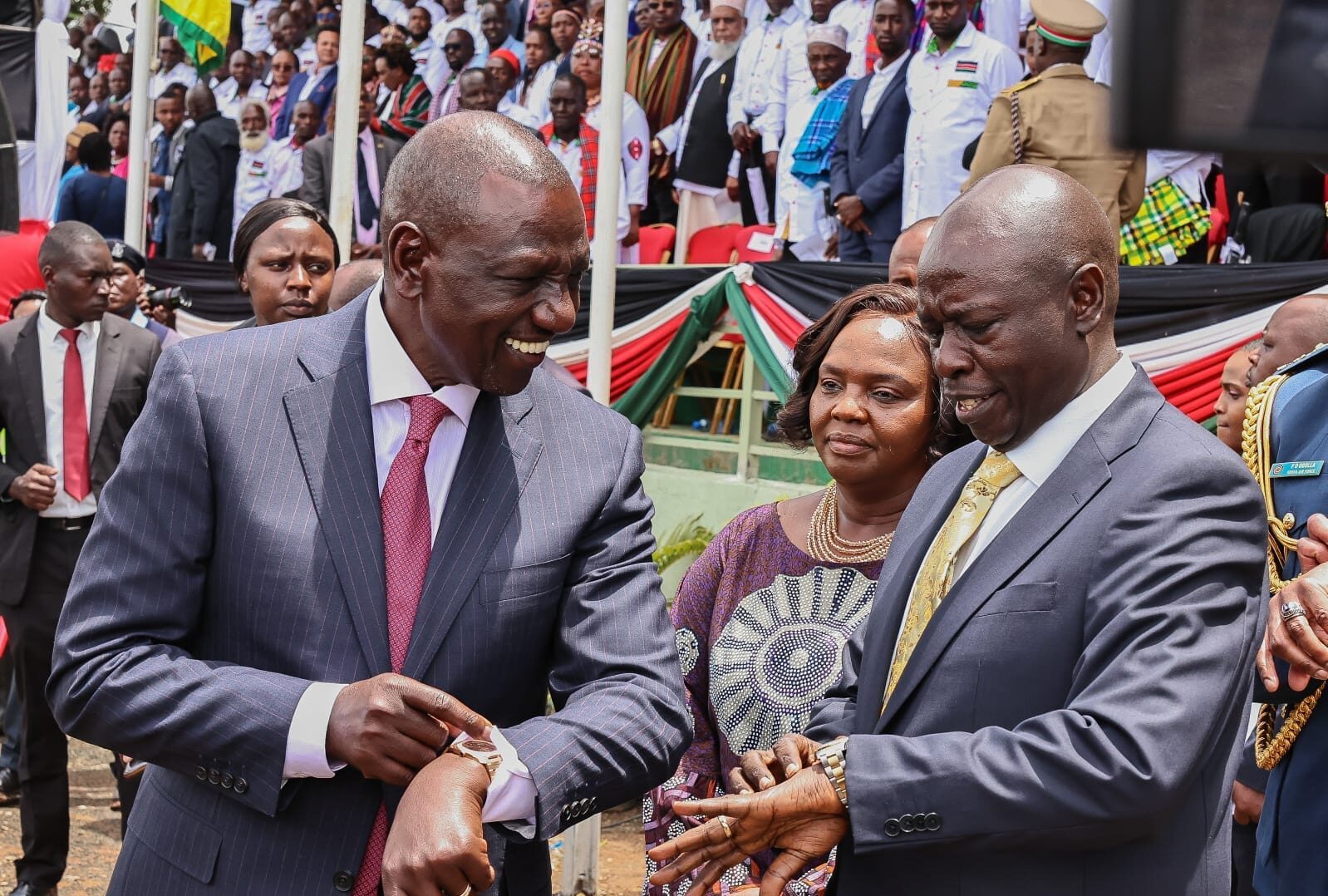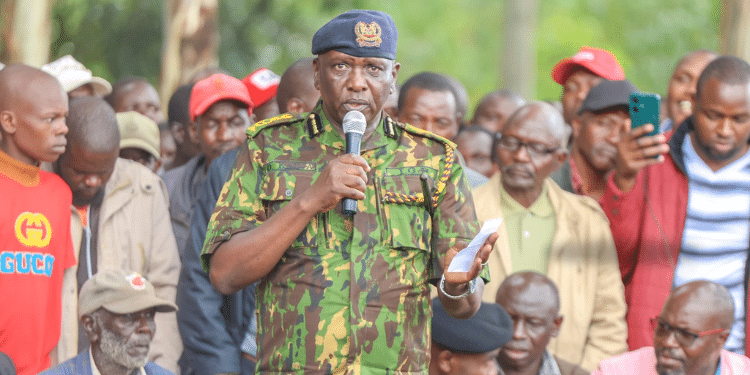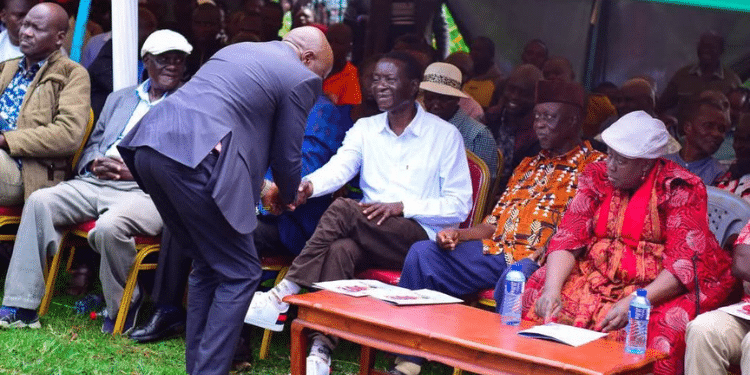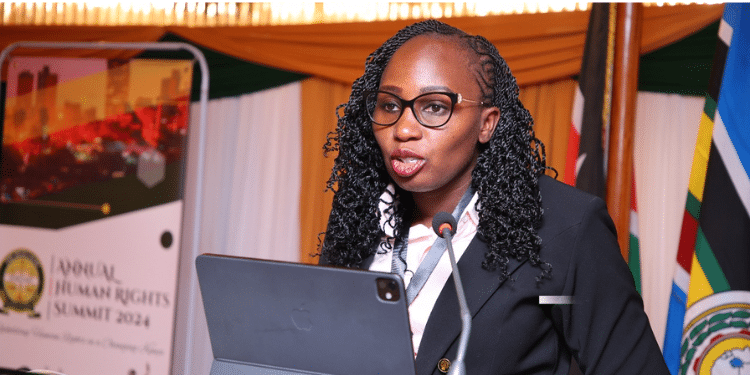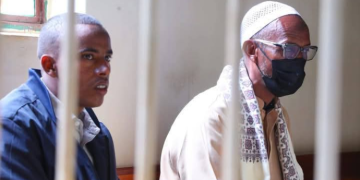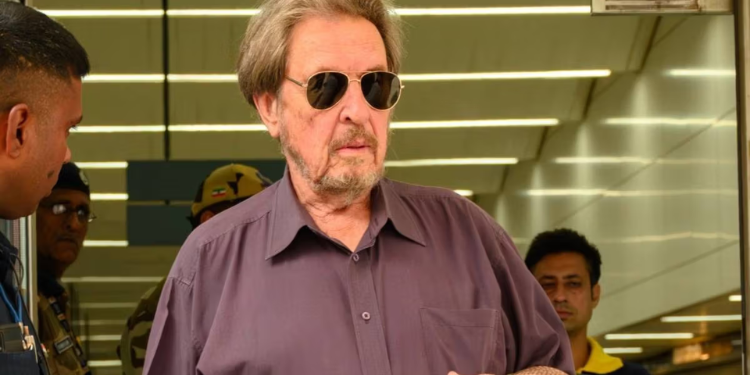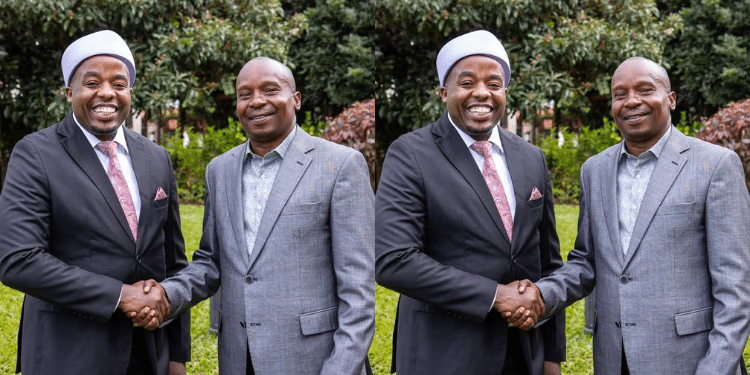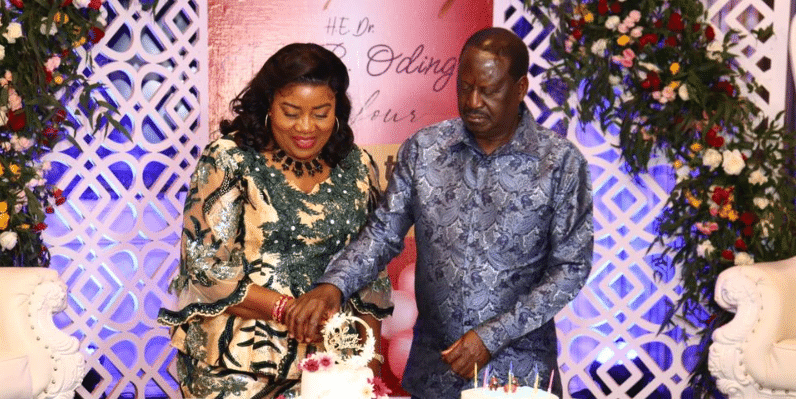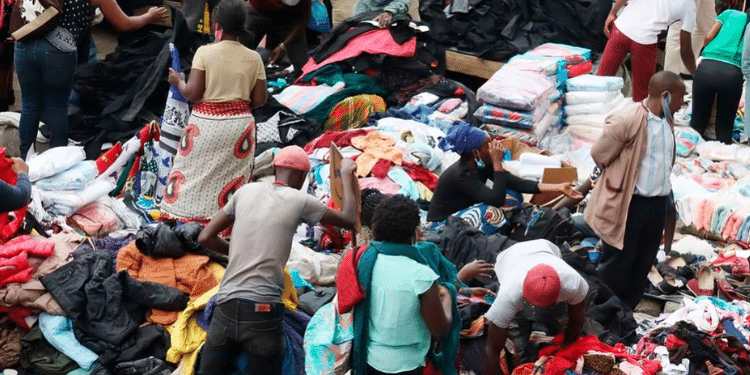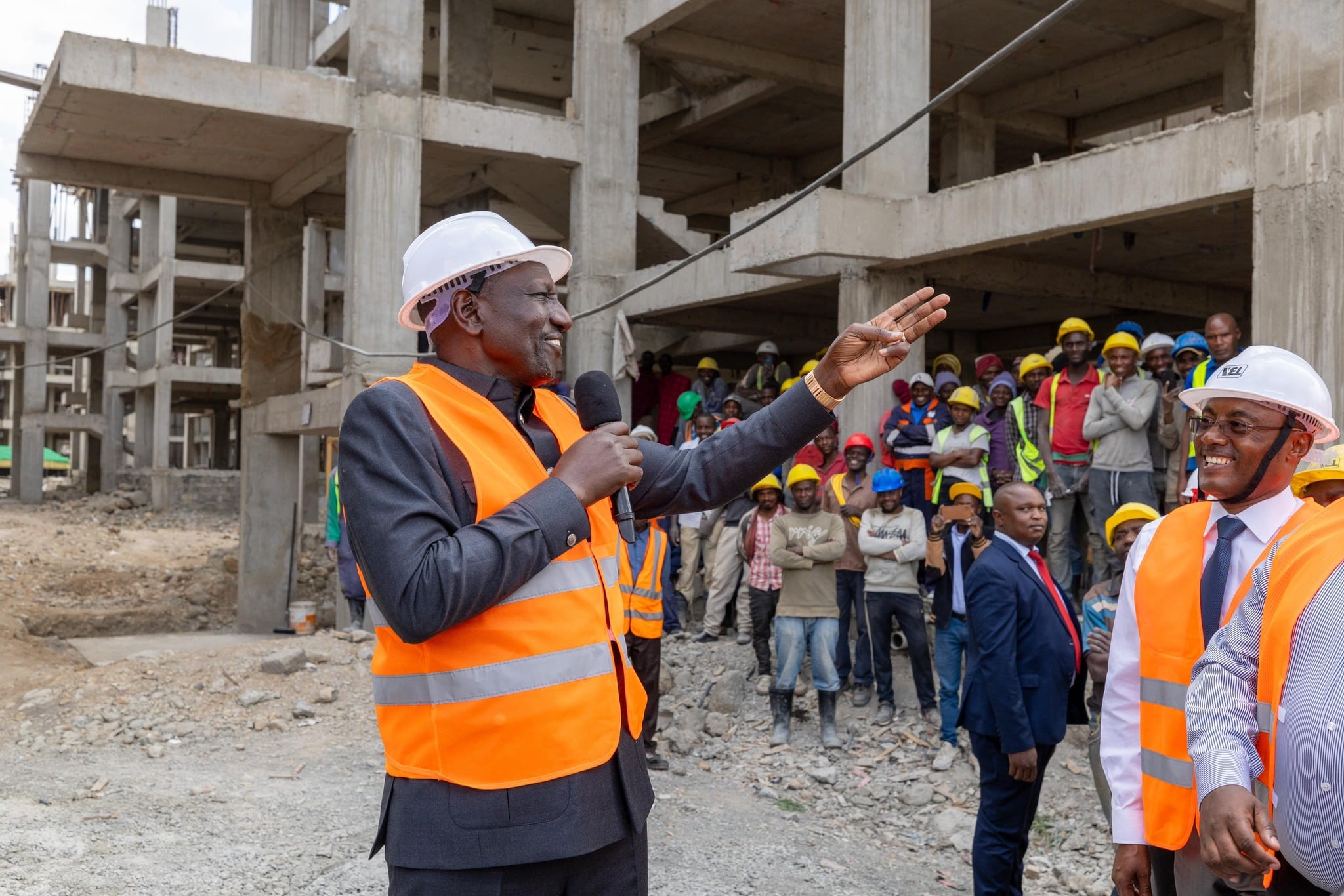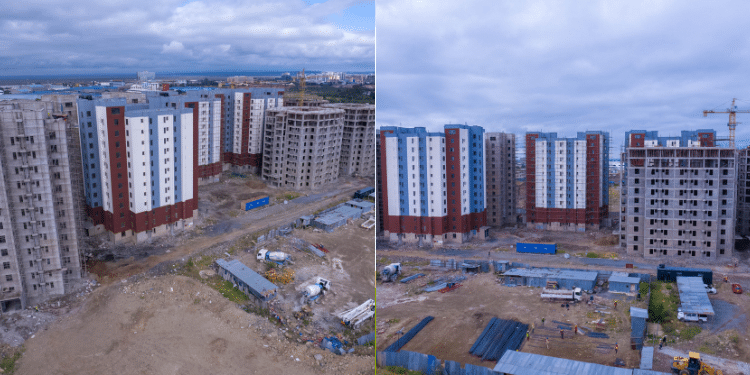The Ministry of Lands, Public Works, Housing and Urban Development has addressed the myths and misconceptions on President William Ruto’s Affordable Housing Programme (AHP).
According to the Ministry, Kenya’s annual housing demand is 250,000 but the current supply is estimated at 50,000 units leaving an 80 percent deficit.
“The Affordable Housing Programme aims to bridge this gap and is a priority initiative under the government’s economic transformation agenda, geared towards facilitating the production of decent, safe and affordable housing for its citizens,” the Ministry said.
However, it explained that the project has been heavily plagued by myths and misconceptions attributable to misinformation despite current progressions.

Here is the Ministry’s explanation to the most common myths about the AFP
Housing Levy, Prices & Construction
Myth 1: The government is stealing from us through the housing levy tax.
Explanation: Contrary to that, the National Housing Levy is well accounted for and under the custody of the National Housing Fund overseen by the Affordable Housing Board under the State Department of Housing and Urban Development.
Myth 2: Affordable housing homes are not so affordable.
Explanation: The affordable housing programme is segmented into three categories. The houses under construction include social housing that caters for low-income households, Affordable Housing caters to middle and upper-low-income earners while Market Housing end is set to cater for earners with higher purchasing power.
Myth 3: The government is constructing these homes.
Explanation: The Affordable Housing Programme is a practical example of how public-private partnerships (PPP) are key drivers of economic growth. The state plays an oversight role and provides land, bulk infrastructure, tax incentives and amenities such as water, electricity and drainage. In turn, the private developers finance the construction of these homes.
“The programme has over 124,000 housing units all at various stages with over 75 active sites ongoing across the country,” the Ministry explained.
Location, Financing & Use of Kenyans Data
Myth 4: Projects are only within Nairobi County
Explanation: The construction of these homes is taking place countrywide with active presence in 37 countries. Sparining as far as Bungoma, Nanyuki, Mombasa, Nakuru, Nyeri etc.
Myth 5: The deducted housing levy goes towards contributing towards an affordable housing unit
Explanation: Contrary to what most believe, the housing levy is a tax made possible by the Affordable Housing Levy Act, of 2024.
The tax does not contribute towards one owning a house with the Affordable Housing programme but goes to a fund managed by the Affordable Housing Board.
Also Read: KRA Clarifies Deductions for Affordable Housing Levy
To get an affordable housing unit, one must register and start contributions on Boma Yangu.
“Over the next four years, the project seeks to deliver an additional 730,000 units and alleviate the housing crisis locally,” the Ministry added.
Myth 6: My personal information isn’t safe and may/can one day be leaked publicly
Explanation: The Boma Yangu portal like many others follows suit and observes Kenya’s Data Protection Act, 2019. Personal information provided is transmitted through a secure server.
Personal data is handled with high standards of information security and the appropriate physical, electronic, and administrative steps to maintain the security and accuracy of the personally identifiable information collected.
Also Read: Juakali Sector Secures sh4.4 Billion from Affordable Housing
Houses Being Shared Among Govt Officials
Myth 7: These houses have already been shared among senior government officials
Explanation: Under the affordable housing scheme, each Kenyan can only benefit once. Therefore, one Kenyan, and one home will be enforced.
Once projects are completed, the allocation process begins. Registered members are notified and asked to select a unit and notified of the amount they need to have saved to be eligible.
Allocation for homes is done through a fair and transparent process with the set criteria depending on several factors such as when you reached the amount of deposit required, family status and other social factors, as well as the demand across various housing categories
“These are among the most common myths running around on the programme signifying the current misinformation levels dealing a big blow to the Affordable Housing Programme,” the Ministry said.
Follow our WhatsApp Channel and join our WhatsApp Group for real-time news updates.



